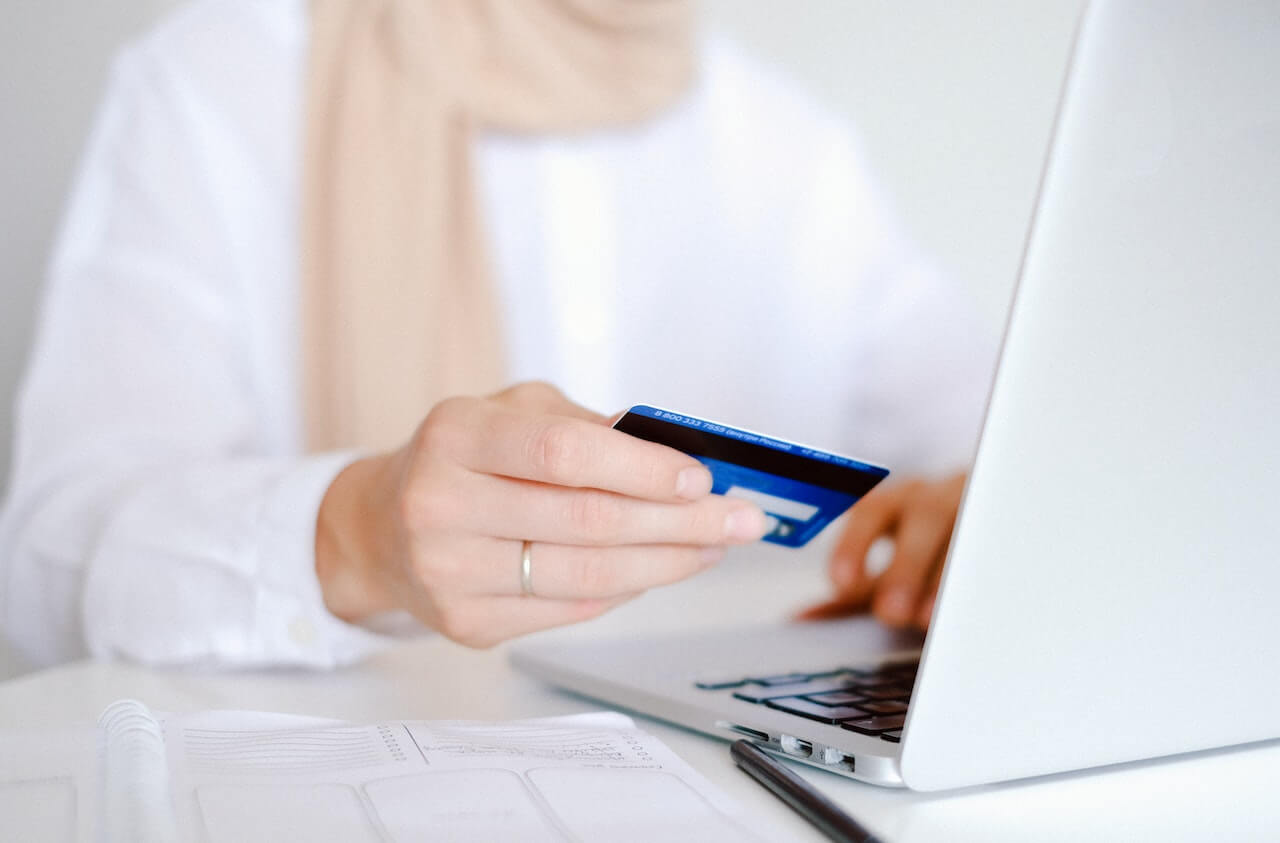Living in the digital age presents a paradox. On one hand, we’ve achieved unprecedented convenience — sending or receiving money is now as simple as a few screen taps. But on the other hand, we face new, often invisible, perils that can result in our hard-earned money disappearing without a trace. Such is the conundrum of electronic transactions.
Electronic transactions have drastically transformed our financial landscape. The cumbersome process of writing cheques, lining up in banks, or sending money orders is largely a thing of the past.
Now, we have a buffet of options: online banking, digital wallets, contactless payments, and more. Fuelled by convenience and immediacy, electronic transactions have boomed, carving out an essential space in our day-to-day lives.
However, despite the many benefits, electric transactions also come with inherent risks. There were countless stories of people losing their money for whatever reason.
Unseen Threats Lurking in the Shadows
The primary threats in electronic money transfers can be grouped into three broad categories: cyber fraud, identity theft, and technical glitches.
Cyber fraud and scams are rampant. They often involve cunning methods to trick the user into sharing their account information or manipulating them into transferring funds to an unauthorized account. For example, skimming is a common technique used by fraudsters to steal debit card information, so check for any suspicious card readers (source). This will allow cybercriminals to counterfeit confidential details and use such in online transactions.
Identity theft, another perilous threat, involves criminals gaining unauthorized access to personal information and using it for fraudulent transactions. The victim might only discover this when they see unauthorized transactions in their account statement.
Finally, technical glitches, though not as common, can be equally devastating. A minor technical error could lead to significant financial discrepancies, leading to substantial losses.
The Best Ways to Protect Your Money in Online Transactions
Keeping your money safe during electronic transactions is a matter of diligent practice and awareness. Here are some of the best ways to protect your finances when transacting electronically.
Use Two-Factor Authentication
Two-factor authentication (2FA) provides an additional layer of security by requiring two forms of verification before a transaction is approved. Usually, this involves a password and a verification code sent to your phone or email. By using 2FA, you can significantly reduce the risk of unauthorized access to your accounts.
Regularly Update Passwords
Changing your passwords frequently is a basic, yet powerful, security measure. Create complex passwords that include a mix of numbers, letters, and symbols. Avoid using personal information like your birthday or names of family members which could be guessed easily.
Monitor Account Activity
Make it a habit to check your account activity regularly. This helps you to quickly spot any irregular transactions and take immediate action. Most banks and financial apps offer alerts for any unusual activity, which can be a helpful tool for real-time monitoring.
Be Aware of Phishing Scams
These scams involve fraudulent emails or texts that trick you into revealing sensitive information. They often imitate financial institutions asking for your details. To prevent data breaches, always check the sender’s details and never click on suspicious links. Remember, financial institutions will never ask for your password or PIN.
Use Secure Networks
Avoid making transactions over public Wi-Fi networks, which may not be secure. Cybercriminals can potentially intercept data transmitted over these networks. Always use a secure and private network when making electronic transactions, especially those involving large amounts of money.
Install Reputable Security Software
It can protect your devices from various online threats like viruses and malware. These programs can detect and eliminate threats that could compromise your financial information. Make sure you regularly update the software to ensure it can protect against the latest threats.
Only Transact on Secure Websites
Ensure the websites you use for transactions are secure. A secure site’s URL starts with “https://” — the “s” stands for secure and signifies that the site uses encryption to protect your information. Look for a padlock icon in the browser bar as an additional sign of website security.
Educate Yourself About Current Scams
Stay updated about the latest scams and fraudulent techniques cybercriminals use. Various online resources, including websites of financial institutions and government agencies, regularly publish information about the latest scams to watch out for.
Conclusion

As users, our best defense is vigilance and awareness. As technology continues to advance, so too must our understanding of and response to the potential risks. In the end, achieving a balance between convenience and security in the digital world often means walking a fine line.









